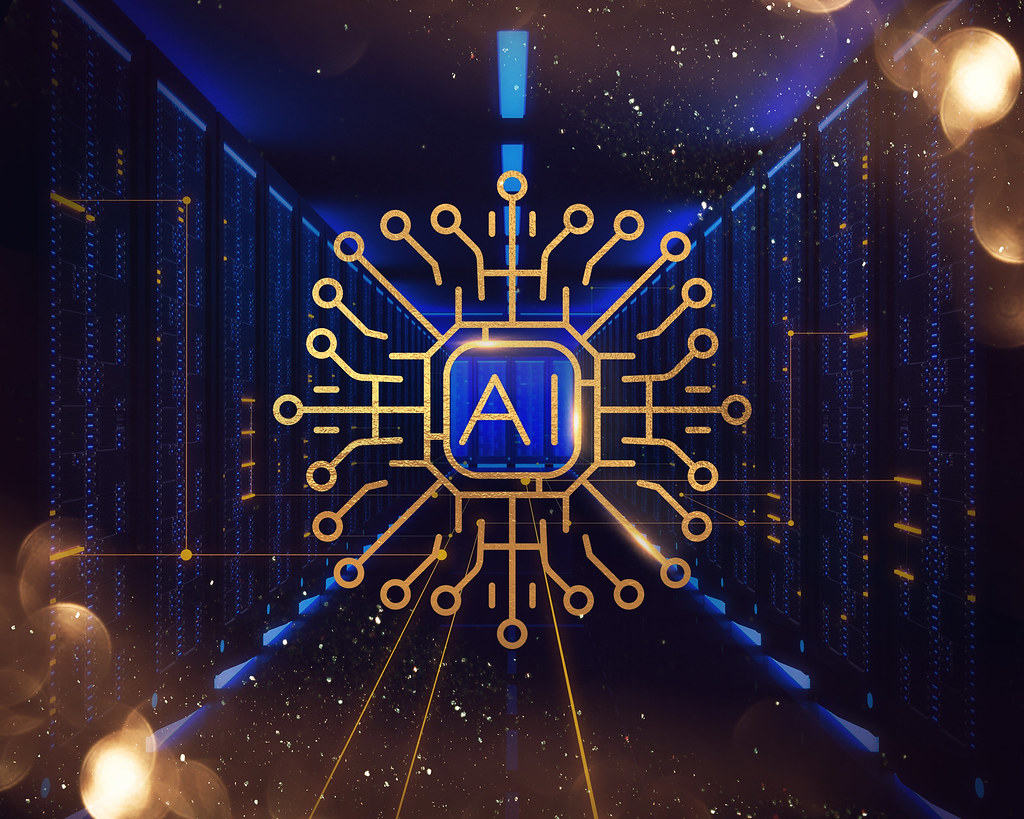Difference Between AI and VI
Even the leaders of the world’s most powerful nations believe that AI is the future and whoever leads the AI race will become the leader of the world. Every nation has its vision for AI and the pace at which the technology is profoundly embedded into our lives, this vision does not seem to be a distant dream. The race for the supremacy in the field of AI has already picked up a great momentum. In fact, AI has managed to influence the world leaders in a great way. AI is everywhere around us, from the smart digital assistant that assists us in every step to the applications that keep track of your fitness progress and self-driving cars. The word AI is often mistaken with yet another similar element of technology called virtual intelligence, or VI. The two terms are often confused with one another, but note that the difference between the two technologies is indeed vital.

What is Artificial Intelligence (AI)?
What is AI? AI is a diverse branch of computer science concerned with making machines smarter enough to perform tasks that would require human intelligence. AI is the component of science that aims to create smart machines that function and behave like humans. Technically speaking, AI is intelligence demonstrated by machines which is in strict contrast with natural intelligence demonstrated by humans. AI is not human intelligence but programmable human intelligence wherein machines are programmed to think, act and behave as humanly as possible. Machines are programmed to perform actions, learn new techniques, and discover hidden patterns based on a set of data. However, AI is still in its evolving stage and in the future, we hope to see almost every area of day-to-day life automated by AI. This can be achieved once machines start making decisions just like humans.

What is Virtual Intelligence (VI)?
VI is a program relative to artificial intelligence designed to assist us within a controlled environment and using pre-determined factors. VI is a term relative to AI but within a virtual world. Virtual Intelligence is the intersection of AI and virtual world. The term may sound like something new, but VI has been around for quite some time now. Every time you look for a nearby restaurant or a grocery store in Google Maps or when you track the number of steps you’ve taken via some activity tracking application, or command your smart speaker to play your favorite song, you use virtual intelligence. These are the things that respond to your spoken commands, but in reality, they are just using the virtual intelligence technology to make your lives much better. VI is a well-coded program designed to function within a controlled environment.
Difference between AI and VI
Definition
– AI is an interdisciplinary branch of computer science that is concerned with making machines smarter and intelligent enough to perform tasks that require human intelligence. AI is demonstrating intelligence in machines, as opposed to natural intelligence demonstrated by humans. VI, on the other hand, is a relative term of AI but within a virtual world. Technically speaking, VI is the intersection of AI and the virtual world, operating within a controlled environment using a set of pre-determined factors.
Approach
– AI is mostly based on four primary components: discovery, prediction, action and learning. A computer system can be programmed to discover hidden patterns within a data set, predict outcomes based on the data, take actions based on the discovery and prediction, and learn to improve itself. It is a closed system that learns and improves with repetition. VI, on the other hand, doubles as both open systems and a closed system. VI takes a more scientific approach to generate results that are pre-determined.
Damage Control
– AI fends to issues as they come and correct them before they become problems. The system determines the possible outcome based on the issues at hand without even waiting for the processes to be completed. The outcome is mostly based on Active Damage Control. VI, on the other hand, is based on pre-determined factors which need to be developed before the results can be calculated. The average VI system cannot make changes to its program without developing all of the components first. The factors need to be calculated first before any possible changes can be implemented.
AI vs. VI Intelligence: Comparison Chart

Summary of AI vs. VI Intelligence
The two relative terms artificial intelligence and virtual intelligence may sound similar because they both are based on human intelligence and are designed to mimic human intelligence in machines, for this they are often confused with one another. However, the two are very different technologies and the difference between the two is vital. AI and VI are everywhere around us, from smartphones to smart home products, chatbots, digital assistants, GPS, self-driving cars and more. Both aim to make our lives simpler and better by developing intelligent machines that can operate and function as efficiently as humans. AI works to make machines smarter so that they could perform tasks that would otherwise require human intelligence.
- Difference Between Caucus and Primary - June 18, 2024
- Difference Between PPO and POS - May 30, 2024
- Difference Between RFID and NFC - May 28, 2024
Search DifferenceBetween.net :
Leave a Response
References :
[0]Chakraborty, Utpal. Artificial Intelligence for All: Transforming Every Aspect of Our Life. Noida, India: BPB Publications, 2020. Print
[1]Thalmann, Nadia Magnenat and N. Ichalkaranje. New Advances in Virtual Humans: Artificial Intelligence Environment. Berlin, Germany: Springer, 2008. Print
[2]Whitby, Blay. Reflections on Artificial Intelligence. Bristol, United Kingdom: Intellect Books, 1996. Print
[3]Image credit: https://cdn.pixabay.com/photo/2018/05/08/08/44/artificial-intelligence-3382507__340.jpg
[4]Image credit: https://live.staticflickr.com/1952/44405376514_f832e62fed_b.jpg
